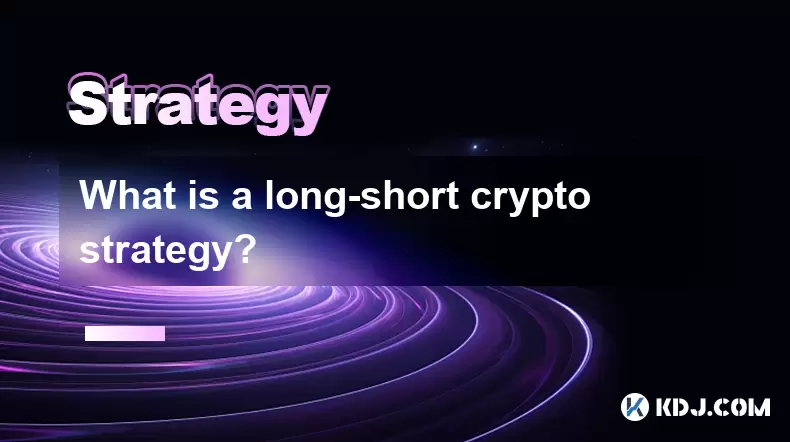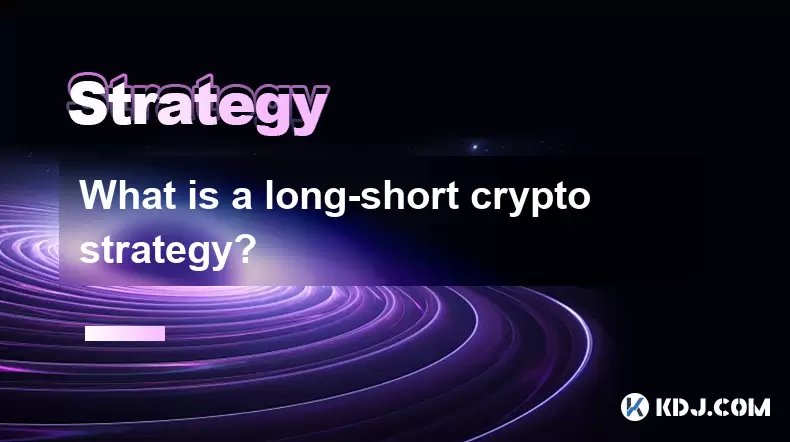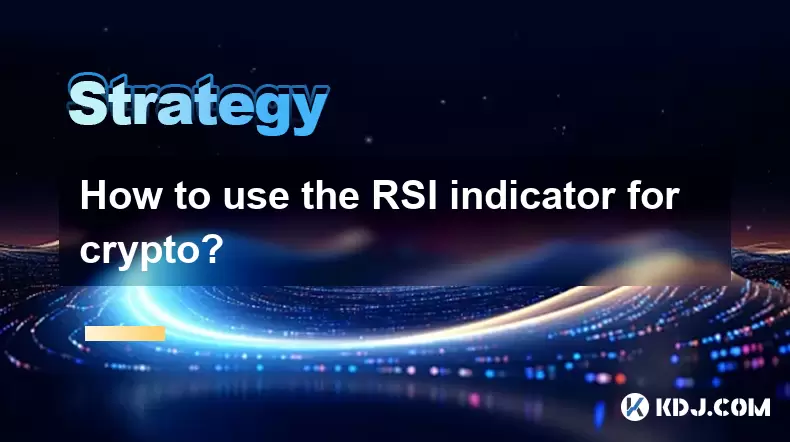-
 Bitcoin
Bitcoin $117500
2.04% -
 Ethereum
Ethereum $3759
3.02% -
 XRP
XRP $3.171
3.30% -
 Tether USDt
Tether USDt $1.000
0.03% -
 BNB
BNB $782.4
2.52% -
 Solana
Solana $187.2
5.62% -
 USDC
USDC $0.0000
0.02% -
 Dogecoin
Dogecoin $0.2380
5.26% -
 TRON
TRON $0.3175
1.07% -
 Cardano
Cardano $0.8227
4.03% -
 Hyperliquid
Hyperliquid $44.50
5.44% -
 Sui
Sui $4.020
10.07% -
 Stellar
Stellar $0.4396
6.28% -
 Chainlink
Chainlink $18.32
4.55% -
 Hedera
Hedera $0.2628
10.71% -
 Bitcoin Cash
Bitcoin Cash $554.8
4.90% -
 Avalanche
Avalanche $24.20
4.60% -
 Litecoin
Litecoin $113.7
2.31% -
 Shiba Inu
Shiba Inu $0.00001413
5.99% -
 UNUS SED LEO
UNUS SED LEO $8.984
0.11% -
 Toncoin
Toncoin $3.326
7.22% -
 Ethena USDe
Ethena USDe $1.001
0.00% -
 Uniswap
Uniswap $10.49
4.56% -
 Polkadot
Polkadot $4.092
4.02% -
 Monero
Monero $326.6
1.30% -
 Dai
Dai $1.000
-0.01% -
 Bitget Token
Bitget Token $4.570
2.49% -
 Pepe
Pepe $0.00001267
5.10% -
 Aave
Aave $297.3
3.10% -
 Cronos
Cronos $0.1344
4.10%
How to read SEI's RSI overbought and oversold? How to avoid false signals?
For SEI crypto, RSI above 70 signals overbought conditions, suggesting a potential price correction, while below 30 indicates oversold, hinting at a rebound.
May 04, 2025 at 07:50 am

Understanding the Relative Strength Index (RSI) for SEI cryptocurrency is crucial for traders looking to make informed decisions based on market momentum. The RSI is a momentum oscillator that measures the speed and change of price movements, helping traders identify overbought or oversold conditions. For SEI, reading the RSI involves understanding its values and interpreting them correctly to avoid false signals.
What is the RSI and How Does it Work for SEI?
The RSI, developed by J. Welles Wilder, ranges from 0 to 100 and is typically calculated over a 14-day period. For SEI, the RSI is used to gauge whether the cryptocurrency is overbought or oversold. An RSI value above 70 suggests that SEI is overbought, indicating that it might be due for a price correction. Conversely, an RSI value below 30 indicates that SEI is oversold, suggesting a potential price rebound.
To calculate the RSI for SEI, you can use the following formula:
[ RSI = 100 - \frac{100}{1 + RS} ]
Where RS (Relative Strength) is the average of 'n' days' up closes divided by the average of 'n' days' down closes. For SEI, traders typically use a 14-day period to calculate this.
Reading SEI's RSI Overbought Signals
When the RSI of SEI rises above 70, it indicates that the cryptocurrency might be overbought. This suggests that the recent price increase may not be sustainable and a price correction could be imminent. Traders often use this signal to consider selling or taking profits.
However, it's important to look for confirmation signals before acting on an overbought RSI reading. For example, if SEI's price is also showing bearish divergence (where the price makes a higher high, but the RSI makes a lower high), it strengthens the case for an impending correction.
Reading SEI's RSI Oversold Signals
When the RSI of SEI falls below 30, it indicates that the cryptocurrency might be oversold. This suggests that the recent price decline may have been overdone and a price rebound could be on the horizon. Traders often use this signal to consider buying or accumulating more SEI.
Similarly, confirmation signals are crucial when interpreting an oversold RSI reading. For instance, if SEI's price is showing bullish divergence (where the price makes a lower low, but the RSI makes a higher low), it strengthens the case for an impending rebound.
Avoiding False Signals in SEI's RSI
False signals can lead to poor trading decisions, so it's essential to employ strategies to minimize their impact. Here are some methods to avoid false signals when using the RSI for SEI:
- Use longer timeframes: The RSI calculated over a longer period, such as 21 or 28 days, can provide more reliable signals than the standard 14-day period. This helps filter out short-term noise and focus on more significant trends.
- Combine with other indicators: Using the RSI in conjunction with other technical indicators, such as moving averages or the MACD, can provide a more comprehensive view of SEI's market conditions. For example, if the RSI indicates SEI is overbought and the MACD also shows bearish momentum, it strengthens the signal.
- Look for divergence: As mentioned earlier, divergence between the RSI and SEI's price action can be a powerful indicator. Bullish divergence (lower price lows and higher RSI lows) can signal a potential reversal, while bearish divergence (higher price highs and lower RSI highs) can indicate a possible correction.
- Consider market context: Always take into account the broader market environment. If SEI is in a strong uptrend, an RSI reading above 70 might not necessarily mean it's time to sell, as the cryptocurrency could continue to rise. Conversely, in a strong downtrend, an RSI reading below 30 might not immediately signal a buying opportunity.
Practical Steps to Use SEI's RSI
To effectively use the RSI for SEI, follow these practical steps:
- Select a reliable charting platform: Use a reputable cryptocurrency trading platform or charting tool that provides accurate RSI calculations for SEI. Examples include TradingView, Binance, or Coinbase.
- Set up the RSI indicator: On your chosen platform, add the RSI indicator to your SEI chart. Ensure it is set to the standard 14-day period unless you prefer a longer timeframe.
- Monitor RSI values: Regularly check the RSI values for SEI. Pay attention to when it crosses above 70 or below 30.
- Identify potential trade setups: When the RSI indicates overbought or oversold conditions, look for confirmation signals such as divergence or other technical indicators.
- Execute trades based on signals: If all signals align, consider executing a trade. For example, if SEI's RSI is over 70 and shows bearish divergence, you might decide to sell or take profits. If the RSI is below 30 and shows bullish divergence, you might consider buying or accumulating more SEI.
Additional Tips for Using SEI's RSI
- Avoid overtrading: Don't trade solely based on RSI signals without considering other factors. Overtrading can lead to unnecessary losses due to false signals.
- Use stop-loss orders: Always use stop-loss orders to manage risk. If you enter a trade based on an RSI signal, set a stop-loss to limit potential losses if the market moves against you.
- Keep a trading journal: Document your trades and the RSI signals that prompted them. This can help you refine your strategy over time and learn from past mistakes.
Frequently Asked Questions
Q: Can the RSI be used as the sole indicator for trading SEI?
A: While the RSI is a powerful tool, it should not be used in isolation. Combining it with other indicators and considering market context can provide more reliable trading signals for SEI.
Q: How often should I check the RSI for SEI?
A: The frequency of checking the RSI depends on your trading style. Day traders might check it multiple times a day, while swing traders might review it daily or weekly. It's important to find a balance that suits your trading strategy without leading to overtrading.
Q: What other indicators work well with the RSI for SEI?
A: The Moving Average Convergence Divergence (MACD) and Bollinger Bands are commonly used alongside the RSI for SEI. The MACD can help confirm momentum, while Bollinger Bands can indicate volatility and potential price breakouts.
Q: Is it possible for SEI to remain overbought or oversold for extended periods?
A: Yes, during strong trends, SEI can remain overbought or oversold for extended periods. This is why it's crucial to consider other indicators and market context before making trading decisions based solely on RSI readings.
Disclaimer:info@kdj.com
The information provided is not trading advice. kdj.com does not assume any responsibility for any investments made based on the information provided in this article. Cryptocurrencies are highly volatile and it is highly recommended that you invest with caution after thorough research!
If you believe that the content used on this website infringes your copyright, please contact us immediately (info@kdj.com) and we will delete it promptly.
- Dogecoin Trajectory: From Meme to Mainstream and Beyond in Crypto
- 2025-07-26 17:10:14
- LasMeta, Pyth Network, NovaDrop NFTs: Decoding the Buzz
- 2025-07-26 16:30:12
- VeChain (VET) Price Prediction: Will VET Reach $0.040 in August 2025?
- 2025-07-26 16:50:12
- CAKE Price Surges: PancakeSwap's Bullish Momentum Analyzed
- 2025-07-26 16:50:12
- AAVE Price Check: $50B TVL Party vs. Bearish Buzzkills
- 2025-07-26 17:15:29
- Internet Computer (ICP): Riding the Waves of Altcoin Selloff - A NY Perspective
- 2025-07-26 17:20:12
Related knowledge

How to avoid common crypto investment mistakes?
Jul 13,2025 at 01:35am
Understanding the Risks of Crypto InvestmentInvesting in cryptocurrency can be highly rewarding, but it also comes with significant risks. One of the ...

What is a long-short crypto strategy?
Jul 15,2025 at 10:56am
Understanding the Basics of a Long-Short Crypto StrategyA long-short crypto strategy is an investment approach where traders simultaneously take long ...

What is a long-short crypto strategy?
Jul 11,2025 at 01:28pm
Understanding the Basics of Long-Short Crypto StrategyA long-short crypto strategy is an investment approach where traders take both long and short po...

How to use the RSI indicator for crypto?
Jul 12,2025 at 03:56pm
Understanding the RSI Indicator in Cryptocurrency TradingThe Relative Strength Index (RSI) is a momentum oscillator used to measure the speed and chan...

Is copy trading a good strategy for crypto beginners?
Jul 12,2025 at 08:28am
Understanding Copy Trading in the Cryptocurrency MarketCopy trading is a strategy where novice traders replicate the trades of experienced investors a...

How to build a crypto portfolio with $1000?
Jul 13,2025 at 08:14pm
Understanding the Basics of Cryptocurrency InvestmentBuilding a crypto portfolio with $1000 starts with understanding the fundamentals of cryptocurren...

How to avoid common crypto investment mistakes?
Jul 13,2025 at 01:35am
Understanding the Risks of Crypto InvestmentInvesting in cryptocurrency can be highly rewarding, but it also comes with significant risks. One of the ...

What is a long-short crypto strategy?
Jul 15,2025 at 10:56am
Understanding the Basics of a Long-Short Crypto StrategyA long-short crypto strategy is an investment approach where traders simultaneously take long ...

What is a long-short crypto strategy?
Jul 11,2025 at 01:28pm
Understanding the Basics of Long-Short Crypto StrategyA long-short crypto strategy is an investment approach where traders take both long and short po...

How to use the RSI indicator for crypto?
Jul 12,2025 at 03:56pm
Understanding the RSI Indicator in Cryptocurrency TradingThe Relative Strength Index (RSI) is a momentum oscillator used to measure the speed and chan...

Is copy trading a good strategy for crypto beginners?
Jul 12,2025 at 08:28am
Understanding Copy Trading in the Cryptocurrency MarketCopy trading is a strategy where novice traders replicate the trades of experienced investors a...

How to build a crypto portfolio with $1000?
Jul 13,2025 at 08:14pm
Understanding the Basics of Cryptocurrency InvestmentBuilding a crypto portfolio with $1000 starts with understanding the fundamentals of cryptocurren...
See all articles

























































































